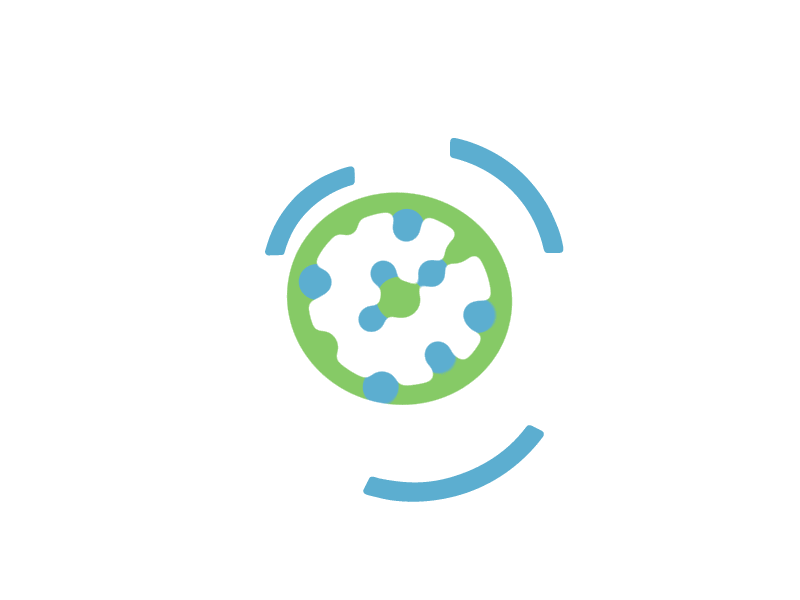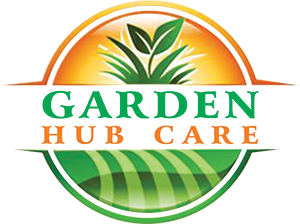Pests – the mere mention of the word is enough to send shivers down the spine of homeowners and farmers alike. These tiny invaders can wreak havoc on our homes, gardens, and crops, causing damage worth billions of dollars annually. With the right strategies and techniques, we can effectively control and manage pest populations, minimizing their impact on our lives and livelihoods. In this blog post, we’ll explore some of the most effective methods of pest control and how they can be implemented to keep our homes and fields pest-free.
1. Integrated Pest Management (IPM):
One of the most sustainable approaches to pest control is Integrated Pest Management (IPM). Unlike traditional methods that rely heavily on chemical pesticides, IPM focuses on a combination of techniques such as biological control, habitat manipulation, and the use of resistant varieties to manage pest populations. By employing a holistic approach, IPM aims to minimize the use of pesticides while maximizing effectiveness and environmental safety.
2. Biological Control:
Nature has provided us with some of the best allies in our fight against pests. Biological control involves the use of natural enemies, such as predators, parasites, and pathogens, to regulate pest populations. For example, introducing ladybugs to prey on aphids or releasing predatory nematodes to control soil-dwelling pests can be highly effective and environmentally friendly methods of pest control.

3. Cultural Practices:
Simple changes in cultural practices can also play a significant role in pest management. Practices such as crop rotation, sanitation, and proper waste management can help disrupt pest life cycles and reduce their numbers. Additionally, selecting pest-resistant varieties and planting companion crops can create a less hospitable environment for pests, reducing the need for chemical interventions.
4. Mechanical and Physical Control:
Sometimes, the simplest methods can be the most effective. Mechanical and physical control techniques involve using physical barriers, traps, and deterrents to prevent pests from infesting our homes and crops. From installing screens on windows to using row covers in the garden, these methods can provide immediate relief from pest problems without relying on chemicals.
5. Chemical Control:
While chemical pesticides should be used as a last resort, they can still be an essential tool in pest management when used judiciously and according to label instructions. However, it’s crucial to prioritize the use of less toxic chemicals and apply them selectively to minimize harm to non-target organisms and the environment.

In conclusion, effective pest control requires a multifaceted approach that takes into account the principles of sustainability, environmental safety, and long-term effectiveness. By combining methods such as Integrated Pest Management, biological control, cultural practices, and mechanical interventions, we can successfully manage pest populations while minimizing the reliance on harmful chemicals. Remember, in the battle against pests, knowledge and proactive prevention are our most potent weapons. So let’s arm ourselves with information and strategies to protect our homes, gardens, and farms from the relentless onslaught of these tiny but formidable adversaries.



